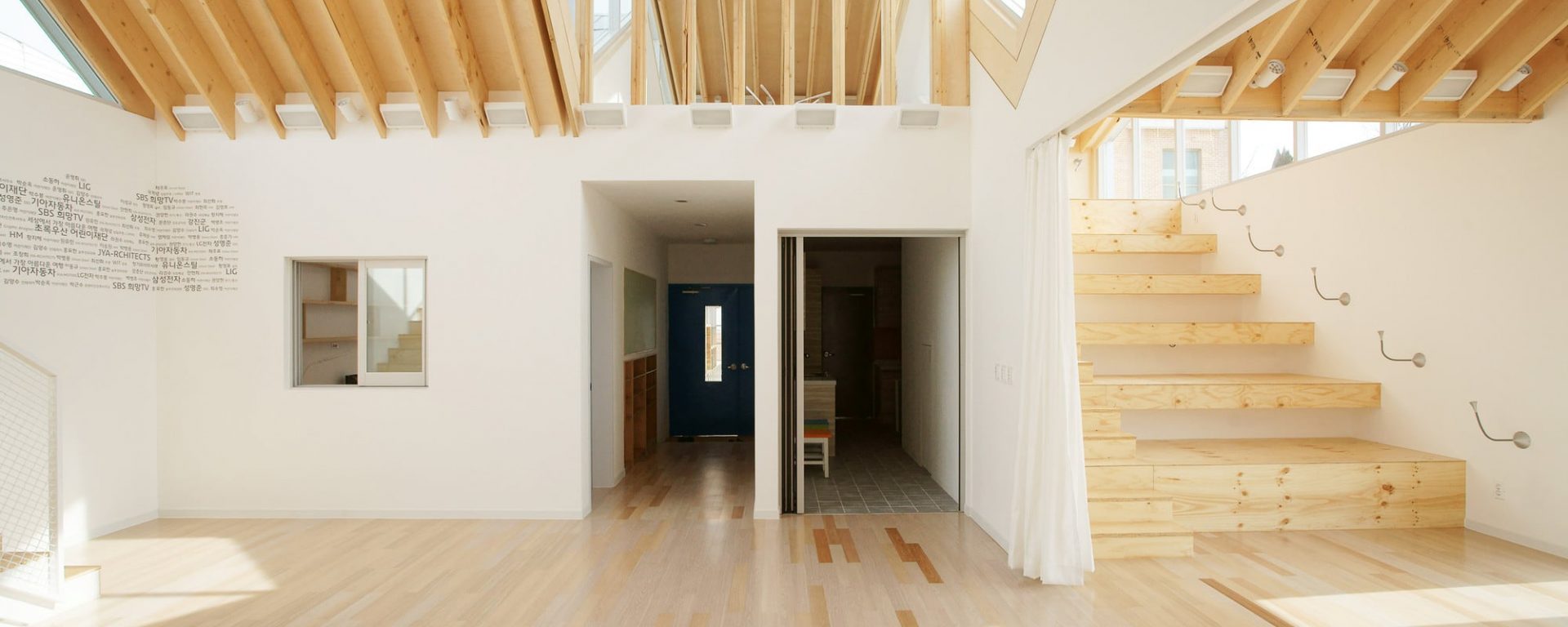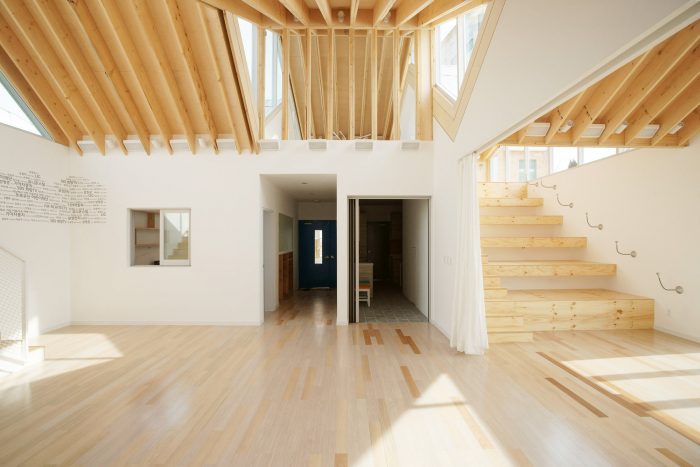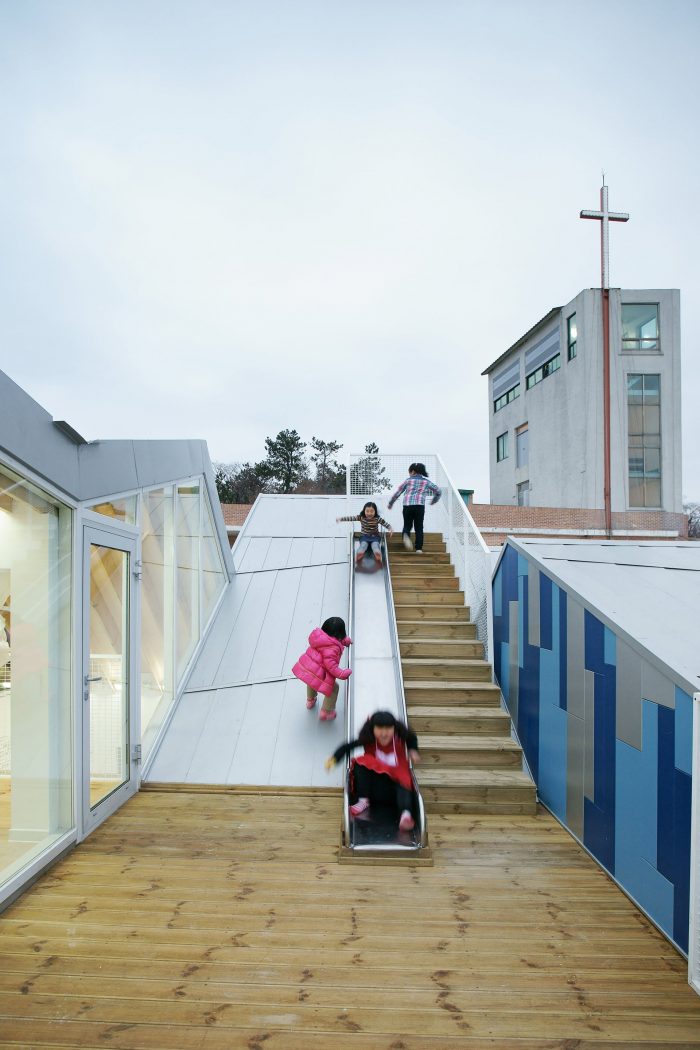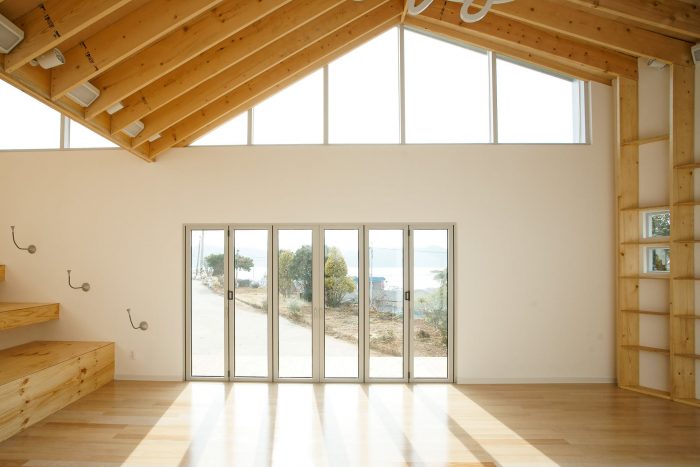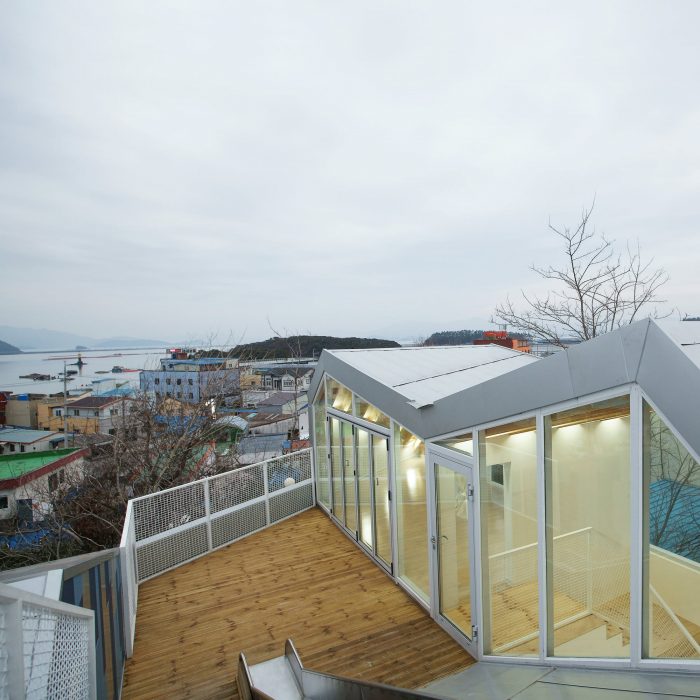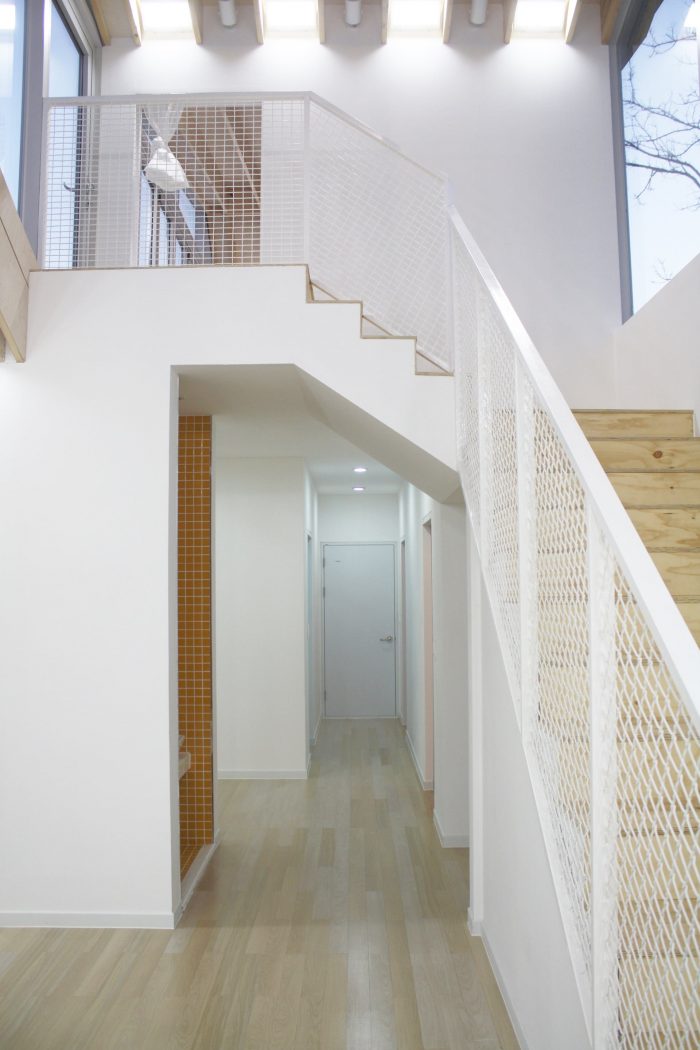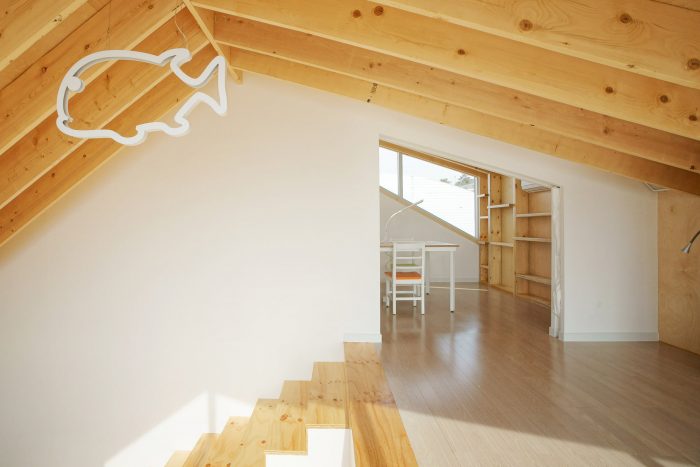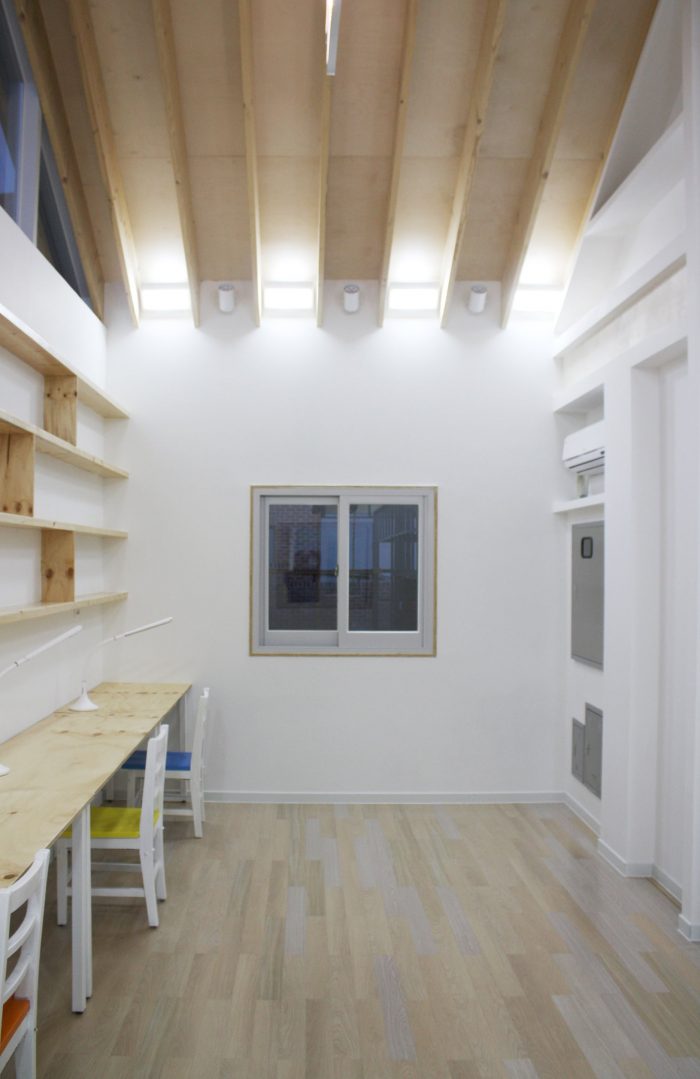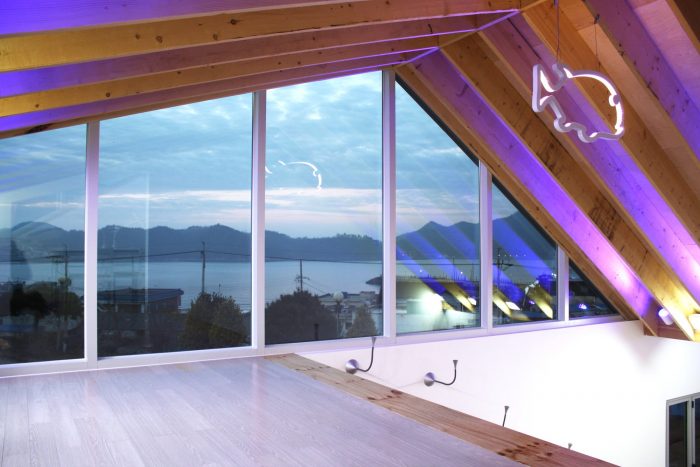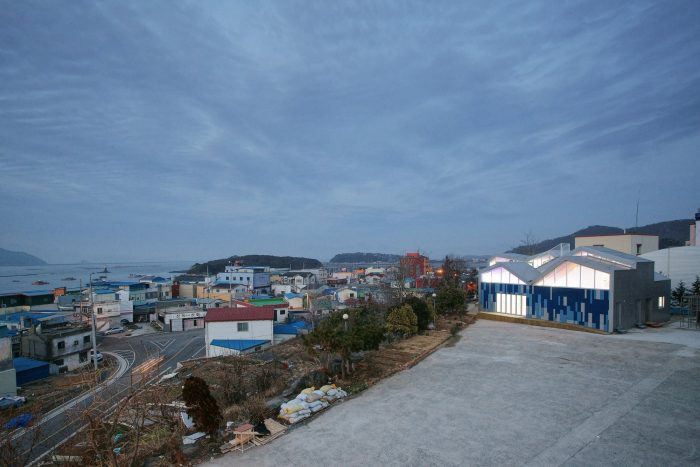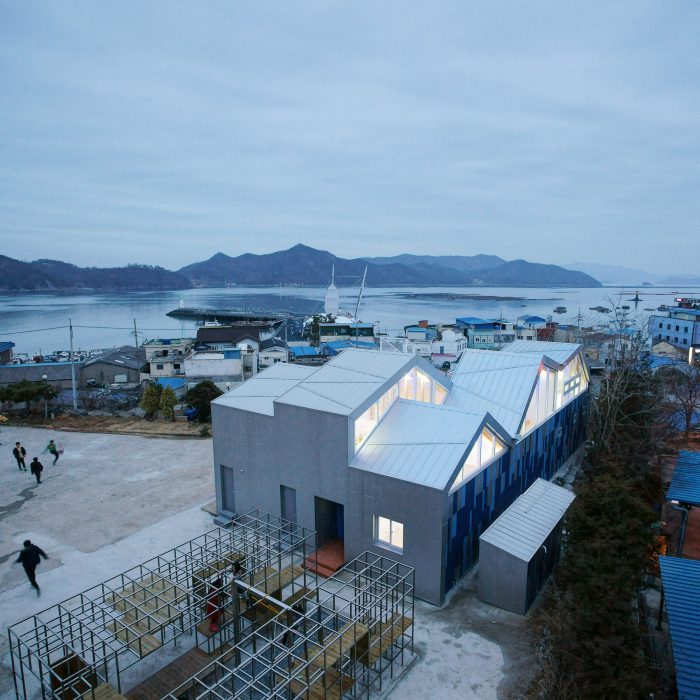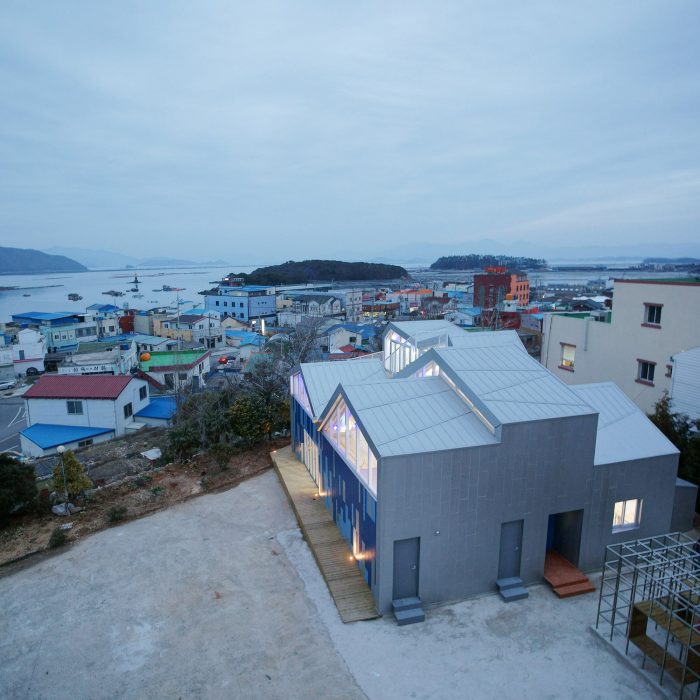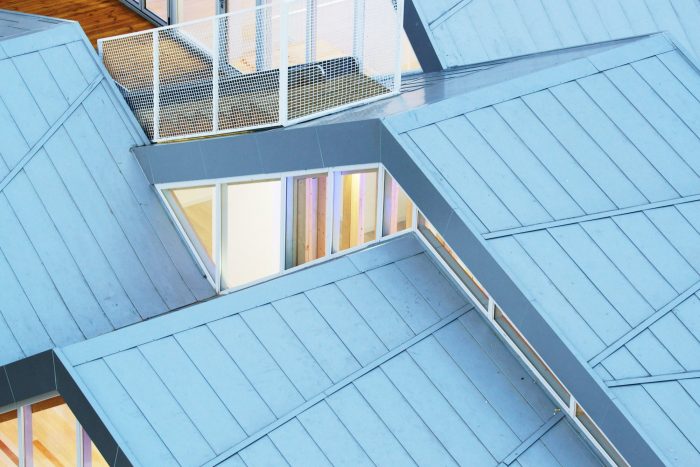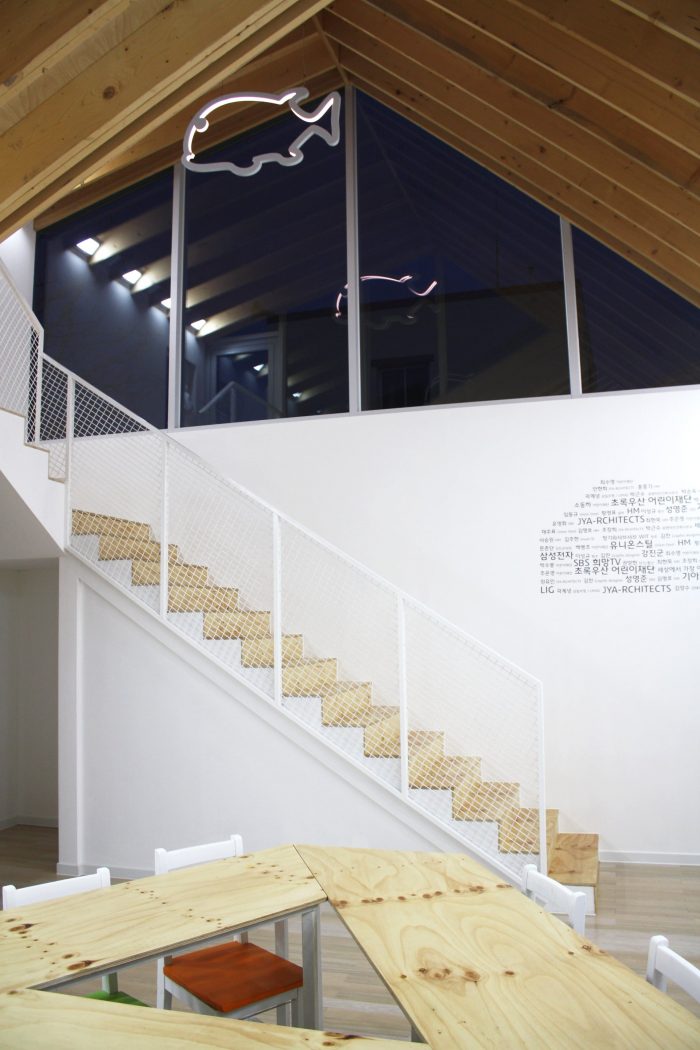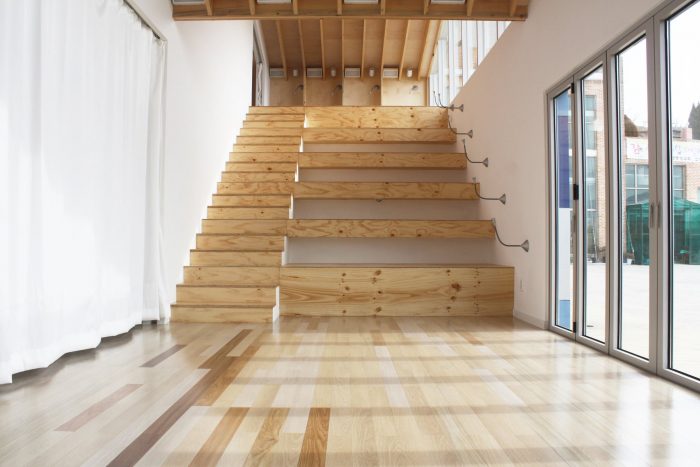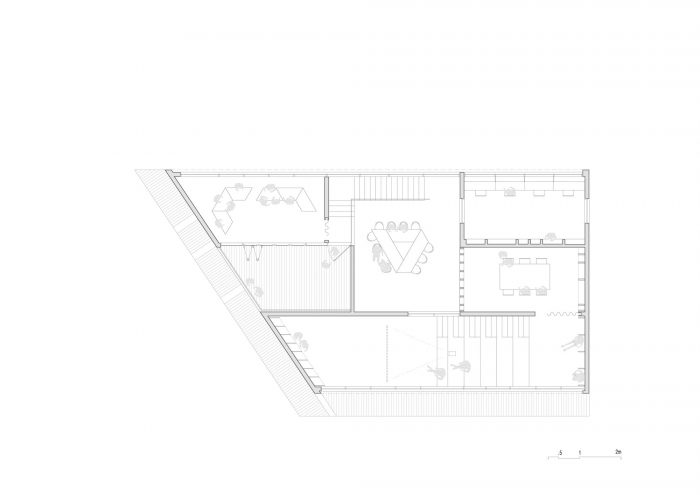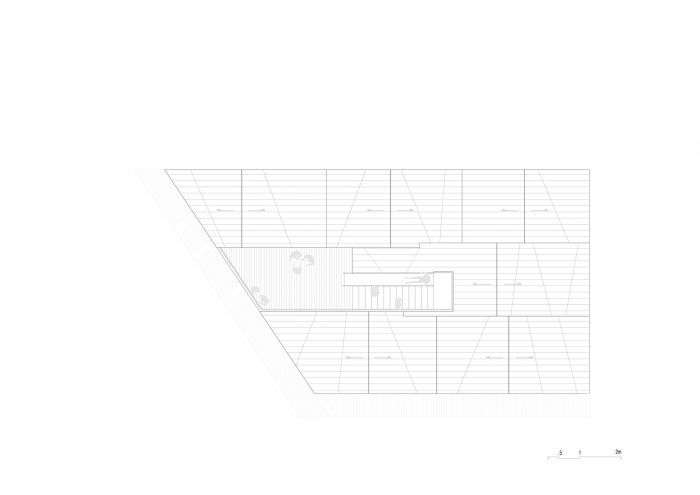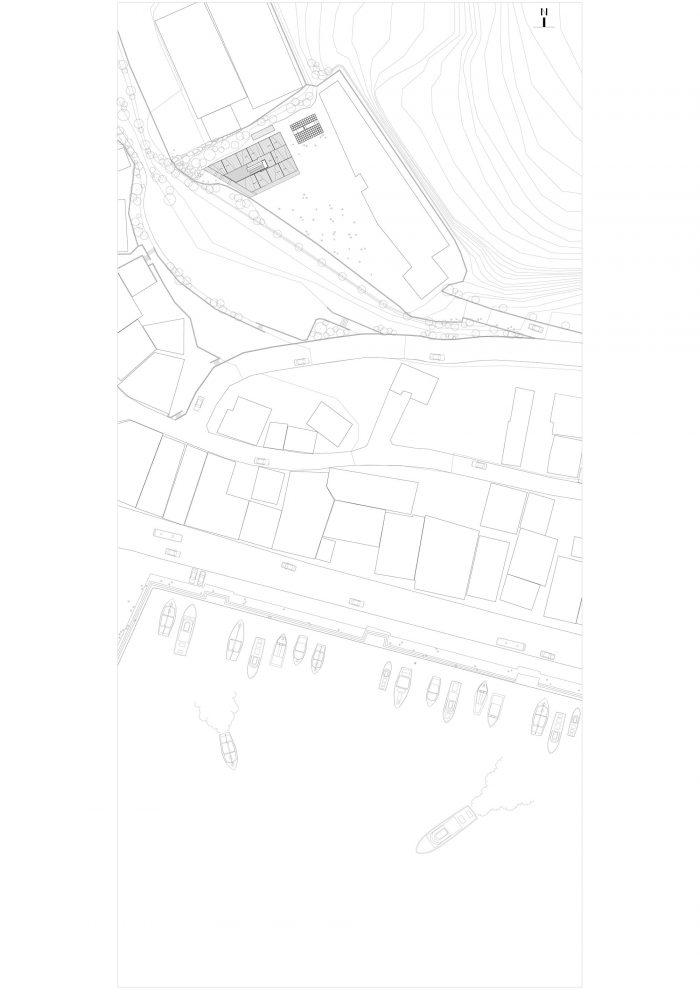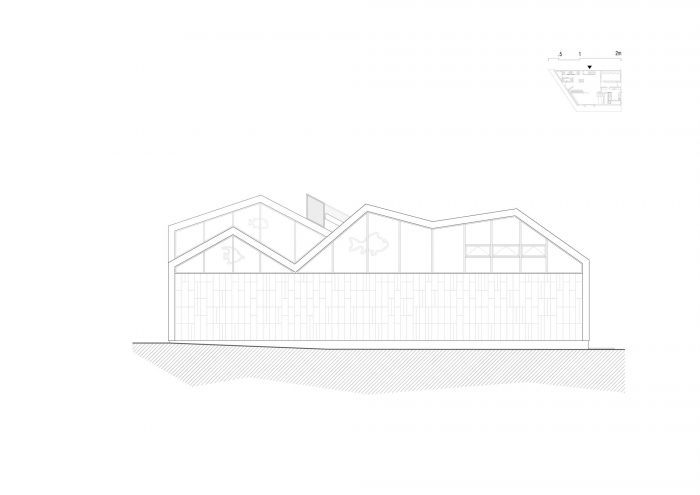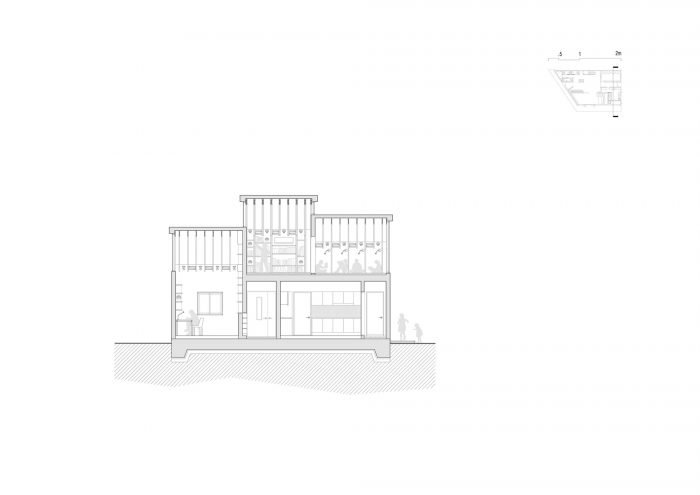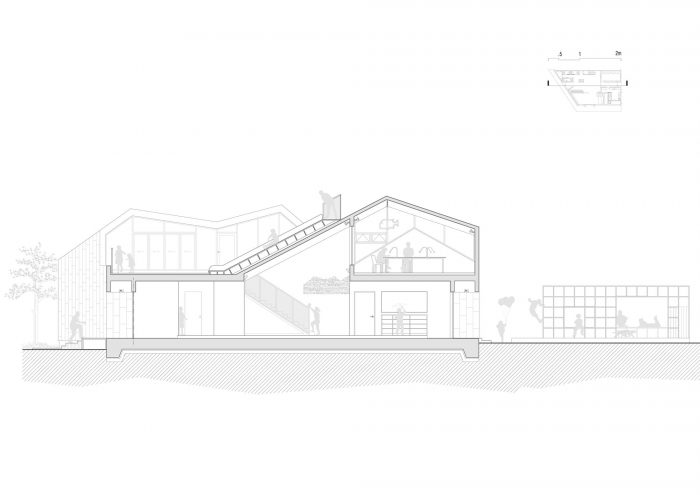Sannaedeul儿童中心是Maryang低收入家庭儿童最宝贵的地方,Maryang是一个位于朝鲜半岛东南端的海滨小村庄。它是孩子们唯一的操场、学习场所和住所。该中心充当了另一个家和社区,在这里,他们彼此分享和增长希望的梦想。
Sannaedeul Children’s Center was the most precious place for children from low-income familiesin Maryang, a small seaside village located at the far southeast end of the Korean peninsula. It was the only playground, learning arena and shelter for the children. The center acted as another home and community in which they shared and grew hopeful dreams with one another.
然而,当2012年夏天一场毁灭性的飓风袭击该村时,这些梦想似乎已经结束。该中心被完全摧毁,什么都没有留下。孩子们每天放学后仍然来到这里,在曾经是他们另一个家的废墟上玩耍,只剩下建筑的瓦砾。
However, the dreams seemed to have ended when a devastating hurricane hit the village last summer of 2012. The center was totally destroyed and left with nothing. Only to find the rubble of the building, the children still came to the site everyday after school and played on the ruins of what once was another home of theirs.
幸运的是,韩国的主要广播公司 “SBS “和 “韩国儿童基金 “听到了这个消息,他们同意赞助并启动了重建该中心的项目。许多其他公共和私人公司也加入了这个项目,为重新建立孩子们的梦想提供了动力。
Fortunately, the news was heard by Korea’s major broadcast “SBS” and “Childfund Korea” who agreed to sponsor and launched the project of rebuilding the center. Many other public and private companies also joined the project, giving a momentum to build the children’s dream again.
在孩子们自己绘制的新中心图片中找到了设计的线索。战略必须是明确的。它是通过重复和改造儿童画中建议的一个简单的 “房子形状 “的空间来创造各种丰富的空间。必要的程序将被嵌入到这个体积中。此外,我们希望在设计发展的过程中找到意想不到的有趣空间和场景。
The clue for design was foundamong the pictures of a new center drawn by the children themselves. The strategy had to be clear. It was to create various and plentiful spaces by repeating and transforming a simple “house-shaped” space suggested in the children’s drawings. Necessary programs were to be embedded into that volume. Then, they had to be connected with and divided by one another by the needs as well.In addition, we wanted to find unexpected interesting spaces and scenes being created in the process of design development.
因此,该中心可以通过上述重复和转换的房屋形状,拥有一个动态的屋顶。屋顶形状创造了一个丰富的内部空间,同时也创造了多样化的外部表现形式。重叠的屋顶也给渔村Maryang的孩子们带来了海浪的形象。为了进一步激发孩子们的想象力,我们还在天花板下安装了鱼形仪器和蓝色灯光,给人以游鱼的印象。
As a result, the center could have a dynamic-shaped roof by the aforementioned repeated and transformed house shapes. The roof shape has createda plentiful inner space anddiverse expressions of exterior at the same time. The overlapped roof has also brought up the image of the sea waves to the children of Maryang, the fishing village. To further stimulate children’s imagination, we also installed fish-shaped instruments and blue lightings under the ceiling, giving the image of swimming fish.
该中心的目标是通过宽大的窗户获得足够的海边自然光,使室内明亮而温暖。一层的多功能厅被扩展到开放的室外空间。二楼的学习室与一个带滑梯的露台相连,孩子们可以在上面玩耍,并能看到世界上最美丽的海滨景色。我们希望内部和外部空间之间没有边界,以及孩子们在中心的玩耍和学习。
The center was aimed to have bright and warm interiors by getting enough natural lighting of the seaside through wide windows. The multi-purpose hall of a ground floor was extended to open outdoor space. And the study room on the second floor was connected to a terrace with a slide on which the children can play, looking over the most beautiful seaside view of the world. We hoped that there is no border between inside and outside space as well as playing and studying for children in the center.
Architects: JYA-RCHITECTS
Area : 223 m²
Year : 2013
Photographs :Hwang Hyochel , JYA-RCHITECTS
City:GANGJINEUP
Country:SOUTH KOREA

